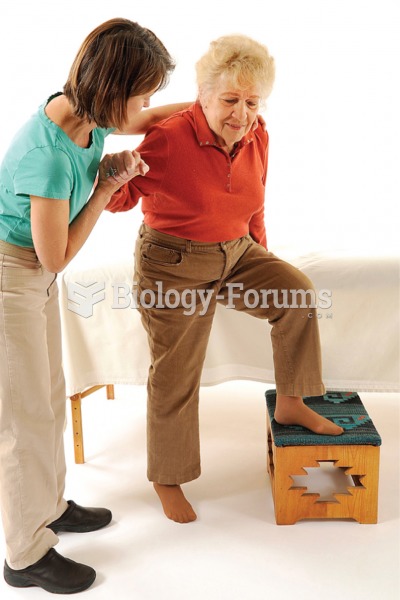Answer to Question 1
Correct Answer: 2
Rationale 1: This intervention will not directly impact the minimization of the risk for infection since the client is not performing the infusion.
Rationale 2: Infection control can present a challenge to the home health nurse, especially if the home care facilities are not conducive to basic aseptic requirements. The most important ways to prevent infection are making sure the site is clean, accessing the port following sterile procedure, and following Standard Precautions while accessing the line.
Rationale 3: Even if the client's environment is not clean, that doesn't necessarily mean the client is unclean.There is another option that will impact the risk of infection.
Rationale 4: Teaching about health practices that prevent infection is important, but the nurse cannot expect to change the client's lifestyle.
Answer to Question 2
Correct Answer: 3
Rationale 1: The role of caregiver involves assessing and diagnosing actual or potential health problems, planning care, and evaluating the client's outcomes. That is not the role described here.
Rationale 2: The advocate role ensures that the rights and desires of the client are upheld. That is not the role described here.
Rationale 3: Education can be the most essential aspect of home care practice, the goal of which is to help clients learn to manage as independently as possible. Involving the spouse in care and educating the spouse along with the client promotes wellness and helps prevent problems.
Rationale 4: The home health nurse coordinates the activities of all other home health team members involved in the client's treatment plan. That is not the role described here.







